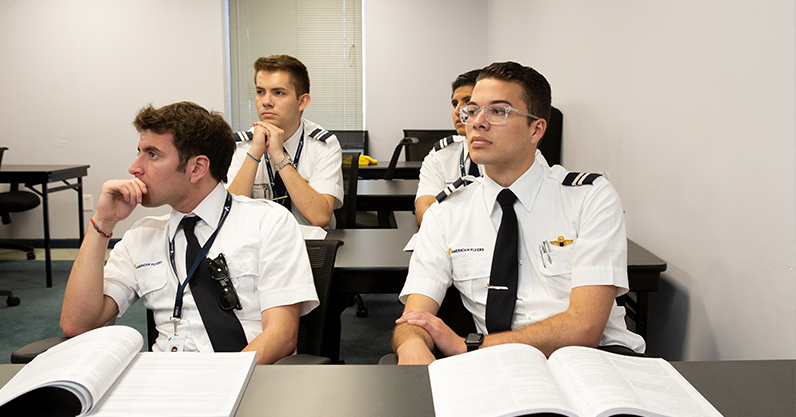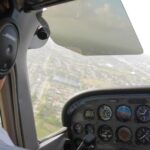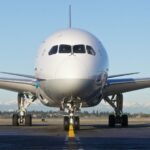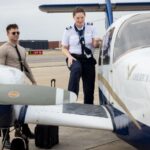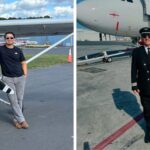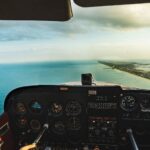I am often asked, “Why do airline pilots wear a uniform?” The answer is simple and can be summed up in two words: professionalism and teamwork. All of us have worn a uniform at some time; a uniform represents commitment and belonging to a cause, such as wearing your favorite football, basketball, or baseball team jersey. It identifies you and others as part of a team. At the American Flyers Airline Academy, students collaborate and dress as a team for greater success. Pan American Airlines originally started the traditional pilot uniform for this exact reason back in the 1930s, coincidentally when American Flyers was founded. Thus, all our academy students are well-groomed and wear the traditional pilot uniform as well.
American Flyers offers training designed and tailored to the student’s individual needs in a one-on-one program. However, being a part of the Airline Academy and wearing a uniform allows the student to feel like their training is analogous to being in the aviation industry. Having a rigorous training schedule that is fluid, can start at any time of the day, and is affected by weather, mechanical issues, etc., further enhances this feeling.
Over 80 years of experience has taught us a lot. Any experienced pilot will tell you that the pilot’s seat in an aircraft is a terrible classroom. This is why American Flyers has adopted the philosophy of teaching in the classroom, practicing in the simulator, and finally perfecting in the aircraft. This is a core fundament of American Flyers, however, the back seat of an aircraft is an excellent place to learn. All Airline Academy student’s training flights include a student observing from the backseat. Students will complete over 65 hours of back seat observation training. This time allows our students the opportunity to experience training from a different perspective.
During back seat observation flights, the student has the opportunity to focus on the procedures and skillsets required while the procedures and maneuvers are being demonstrated by a fellow classmate. They are also able to listen to the ATC in live situations and experiences. They are encouraged to follow along with sectional charts to further increase their situational awareness and navigational skills. Not to mention they get to see firsthand in-flight errors and situations pilots are exposed to, and more importantly, how to overcome and resolve these challenges. This simple but highly effective training technique allows students to overcome some of aviation’s biggest obstacles.
One of the most significant and essential features of the Airline Academy is the team-building aspect: a fundamental foundation for organizational development and personal growth. This is the basis for the inception of CRM (Crew Resource Management) which contains fundamentals necessary and vital for anyone pursuing a career in aviation. With 65 hours of observation flights and countless hours of dual crew time in a simulator, students learn the importance of working together and constant improvement to take their skills to the next level.
Outside of the flight training aspect, there is still the human factor. Because students are diverse individuals, they acquire knowledge and develop skills differently and at varying paces and levels. Every student during phases of training will experience disappointment and frustration on not reaching certain goals when expected. This is normal and is called a learning plateau.
This is when the comradery of the academy comes to fruition. Through the support of each other, the group identifies the strengths and deficiencies of each other, which will naturally encourage, nurture, and cultivate an attitude towards a team spirit of working together for the total success of all.
If your ambition is to be a professional pilot with the vision of captaining the most technologically advanced aircraft the aviation industry has to offer, then begin that dream by enrolling in the American Flyers Airline Academy.




